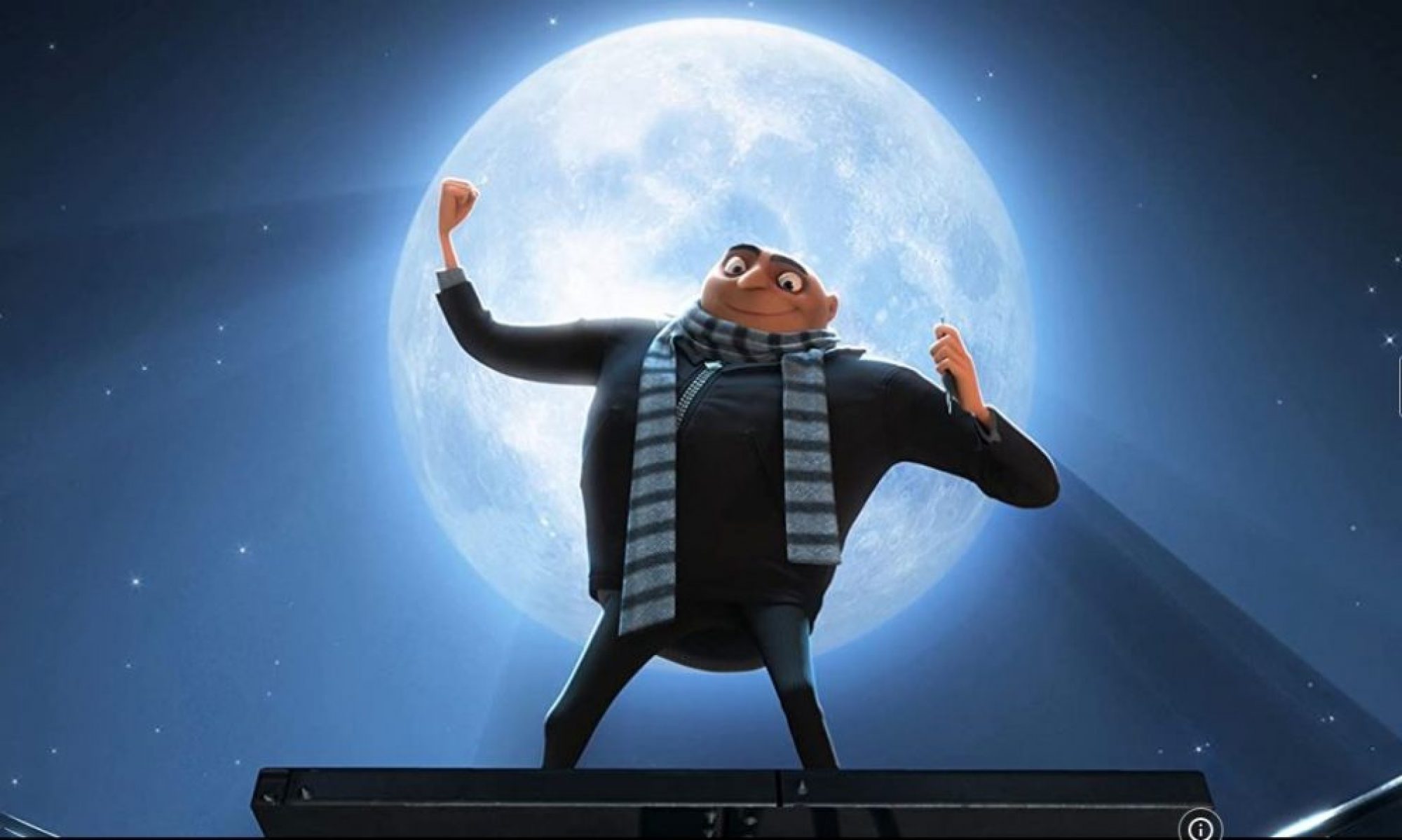I was time to finally start writing but it was extremelly hard to know how to begin, how does someone even introduce a research. I did watch every session from Lawrence again, see if I got something more out of it now that I had the research and it did help. I was more aware of what I wanted to talk about and the subjects began to organize in my brain.
I made sort of a brainstorming of related subjects to the stereotyped representation of women:

This helped me split the writing in a few chapters and now it was really time to start. I made the mistake of wanting to start from the beggining, so I got stuck on the abstract and introduction for quite a while, but I gave up so I jumped to chapter 1.
The first thing I decided to speak about was the book “Gender Trouble” by Judith Butler, as mentioned before this is a very important piece of literature in order to introduce women and its representation. The book speaks about gender, sex, identity, gender roles and stereotypes among other things, it is all related to the perception of women, how they are percieved, therefore undermined for the gender they are.
Butler explores how gender is the cultural interpretation of sex and it can never be one or another but a spectrum of possibilities, the restrictions and rules imposed against this have never resulted in anything other than suffering and lost wars on human rights, from both sides. Why would there be a problem in a femine man or a masculine women and why is there only these two ways to refer to people inside this spectrum.
The first chapter of the study has the introduction as the beginning of the chapter, as it will serve as a guide and introduce the first theme, so it made sense to me.
The second topic’s title is stereotypes and gender roles and the main piece of literature here was an article by Carol Lynn Martin in 1995, “Stereotypes About Children with Traditional and Nontraditional Gender Roles” from the journal Sex Roles, vol 33 and the article “Gender Roles in Disney Films: Analysing behaviors from Snow White to Simba” by keisha L. Hoerrner where the impacts from stereotypes and gender roles in animated movies are exposed and analysed based on speech and behavior.
Both exploit both female and male characters in feature animated movies by Disney and conclude male display more anti social behaviour than pro social with a good outcome or even better than females who portray a pro social behaviour and little anti social being rewarded with fewer achievements. Verbal aggression is much more common in women not resulting in physical violence while males display more physical aggression and anti social behavior. This topic delves in to these stereotypes and how these reflect bad role models.
The next chapter will analyse the movies from the 3 main eras of disney and its evolution.
